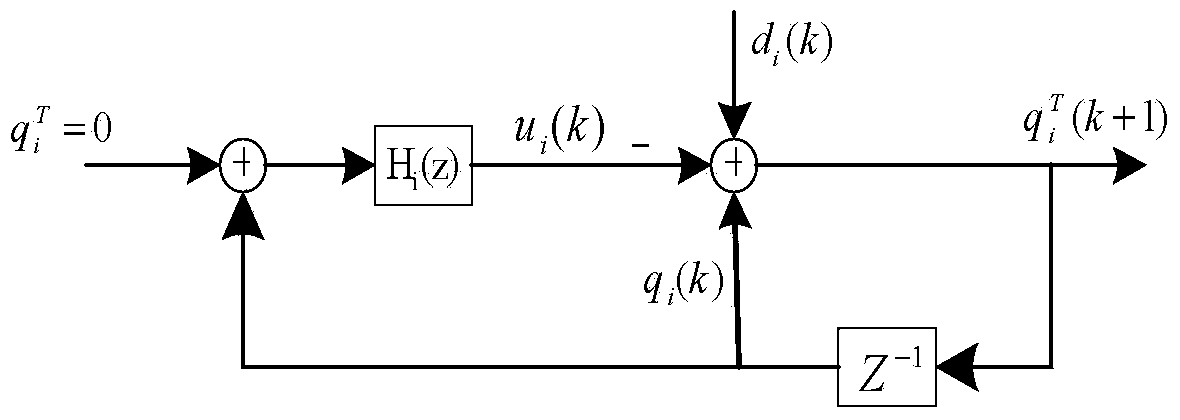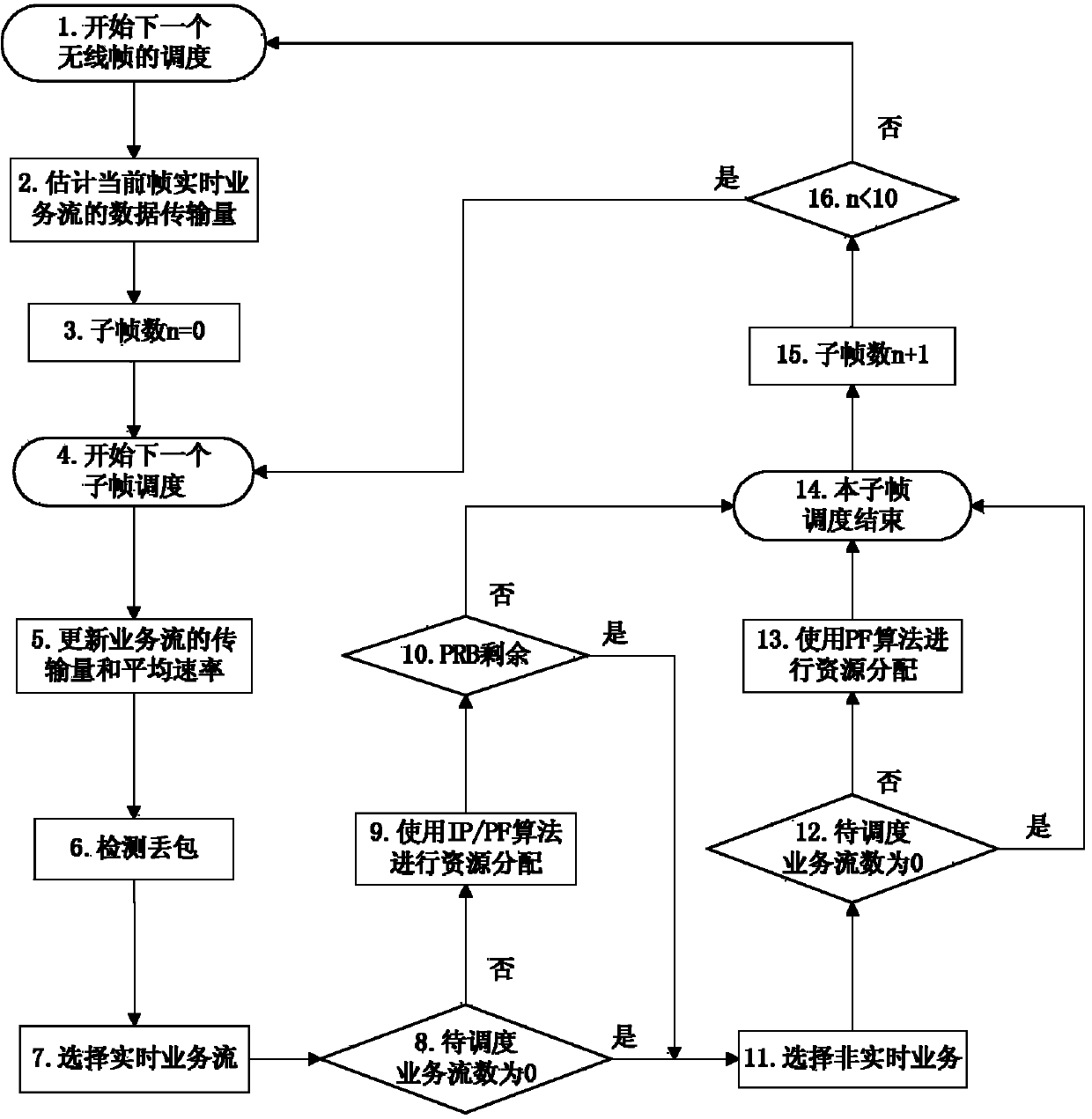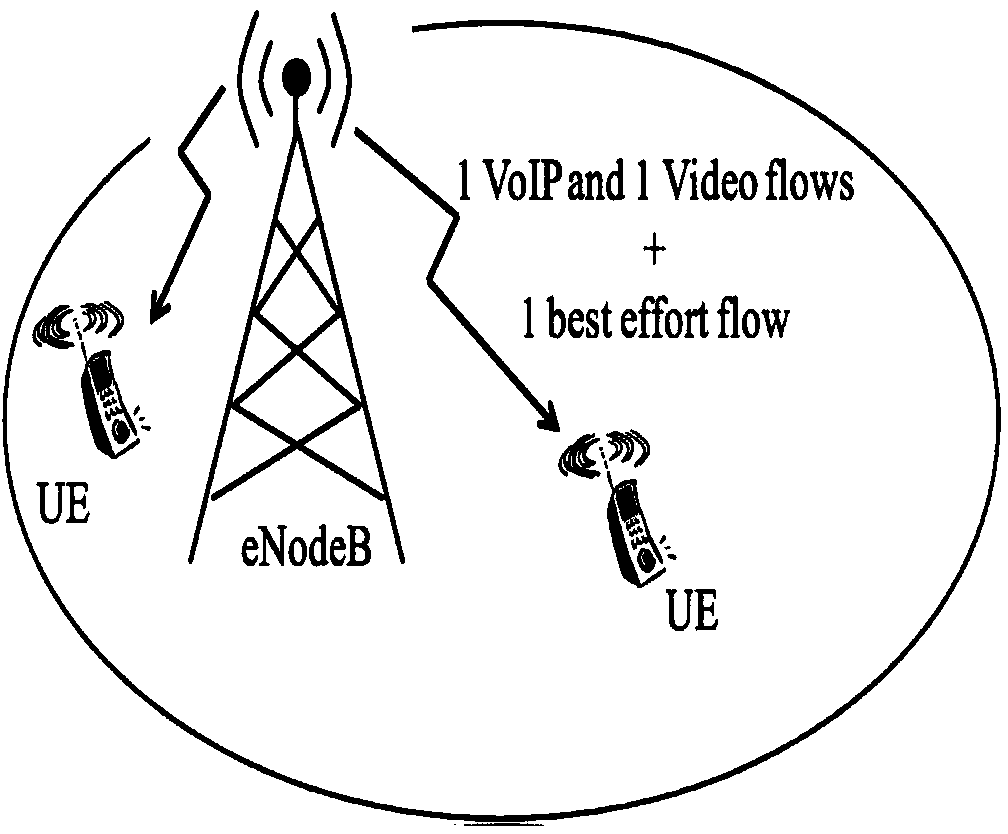Method for dispatching cluster multimedia service downlink wireless resource under TD-LTE (time division-long time evolution) public network
A wireless resource scheduling and multimedia service technology, applied in wireless communication, electrical components, etc., can solve the problem that low-priority users cannot obtain resources, etc.
- Summary
- Abstract
- Description
- Claims
- Application Information
AI Technical Summary
Problems solved by technology
Method used
Image
Examples
specific Embodiment approach 1
[0044] Specific implementation mode one: as image 3 As shown, the present embodiment describes the method of the present invention in detail:
[0045] In this embodiment, four levels of user priority are set, namely 1, 2, 3, and 4, and the highest priority is 1, which decreases successively. However, this does not represent the actual situation and can be set according to actual needs. The described TD-LTE public network cluster multimedia service downlink wireless resource scheduling method is an improved solution of DTLCP—the M-DTLCP method work flow chart is as follows image 3 Shown: the realization background of the inventive method is: TD-LTE network, single cell single base station, a plurality of different priority users, downlink transmission (base station sends, user receives) multimedia real-time business and non-real-time business. The specific implementation process of this method is as follows:
[0046] 1. In this solution, the top-level scheduling takes the d...
PUM
 Login to View More
Login to View More Abstract
Description
Claims
Application Information
 Login to View More
Login to View More - R&D
- Intellectual Property
- Life Sciences
- Materials
- Tech Scout
- Unparalleled Data Quality
- Higher Quality Content
- 60% Fewer Hallucinations
Browse by: Latest US Patents, China's latest patents, Technical Efficacy Thesaurus, Application Domain, Technology Topic, Popular Technical Reports.
© 2025 PatSnap. All rights reserved.Legal|Privacy policy|Modern Slavery Act Transparency Statement|Sitemap|About US| Contact US: help@patsnap.com



